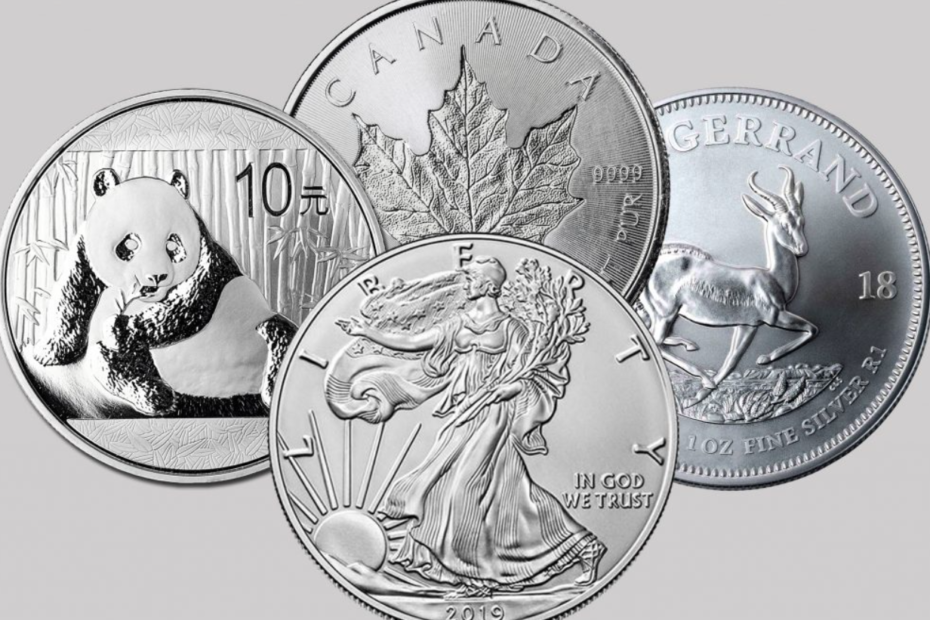The history of silver is a long and fascinating journey, dating back thousands of years. Here is a comprehensive overview of the discovery, use, and mining of silver, along with its various applications:
Discovery and Early Use:
- Silver is a naturally occurring element with the chemical symbol Ag (from the Latin word “argentum”). It has been known to humans since ancient times and is one of the seven metals of antiquity.
- Archaeological evidence suggests that silver was first used by ancient civilizations in the Near East and Anatolia (modern-day Turkey) around 3000 BCE.
- By 1500 BCE, silver was being extracted from lead ores in ancient Greece and Asia Minor, and it became an important trade commodity in the Mediterranean region.
Ancient Civilizations and Monetary Use:
- Around 500 BCE, the Lydians, an ancient civilization in Asia Minor, began using electrum, a natural alloy of gold and silver, to create the first coins. This marked the beginning of silver’s use as a form of currency.
- The Persian Empire (550–330 BCE) utilized silver extensively for coinage, establishing a standardized currency system that facilitated trade across their vast empire.
- The Roman Empire (27 BCE – 476 CE) adopted silver denarii as their primary coinage, which remained in circulation for centuries.
Medieval and Renaissance Periods:
- During the Middle Ages, European countries, such as Germany, Spain, and England, established silver mining operations, particularly in the Harz Mountains, the Spanish colonies in the Americas, and the German-speaking regions of Europe.
- The discovery of the New World in the late 15th century led to significant silver mining booms, particularly in the Spanish colonies of Mexico and Peru. The Potosi silver mine in Bolivia, discovered in 1545, became one of the richest silver deposits in the world.
Industrial Uses:
- As industrialization progressed, silver found new applications beyond currency and ornaments.
- In the 19th century, the development of photography introduced the use of silver halides in photographic emulsions, making it a crucial component in the early days of photography.
- In the 20th century, the widespread adoption of electrical technology brought increased demand for silver in electrical contacts and conductors due to its high electrical conductivity.
Modern Uses:
- Today, silver continues to be used in a wide range of applications, including jewelry, silverware, and coins.
- Industrial applications remain significant, with silver used in electrical components, solar panels, batteries, mirrors, and various medical instruments.
- Due to its antimicrobial properties, silver nanoparticles are utilized in some medical devices and antimicrobial coatings.
Silver Mining and Production:
- Silver is typically found in its natural state combined with other elements, most commonly in ores like argentite (silver sulfide) and native silver.
- Silver is often produced as a byproduct of mining other metals, such as copper, lead, and zinc. The ores are processed through various methods, such as flotation, smelting, and leaching, to extract the silver content.
- Primary silver mines exist, but they are less common than mines that primarily produce other metals.
Overall, silver’s discovery and use have played significant roles in the development of ancient civilizations, global trade, and modern technological advancements. Its unique properties and widespread availability have made it a valuable and versatile precious metal throughout history.
